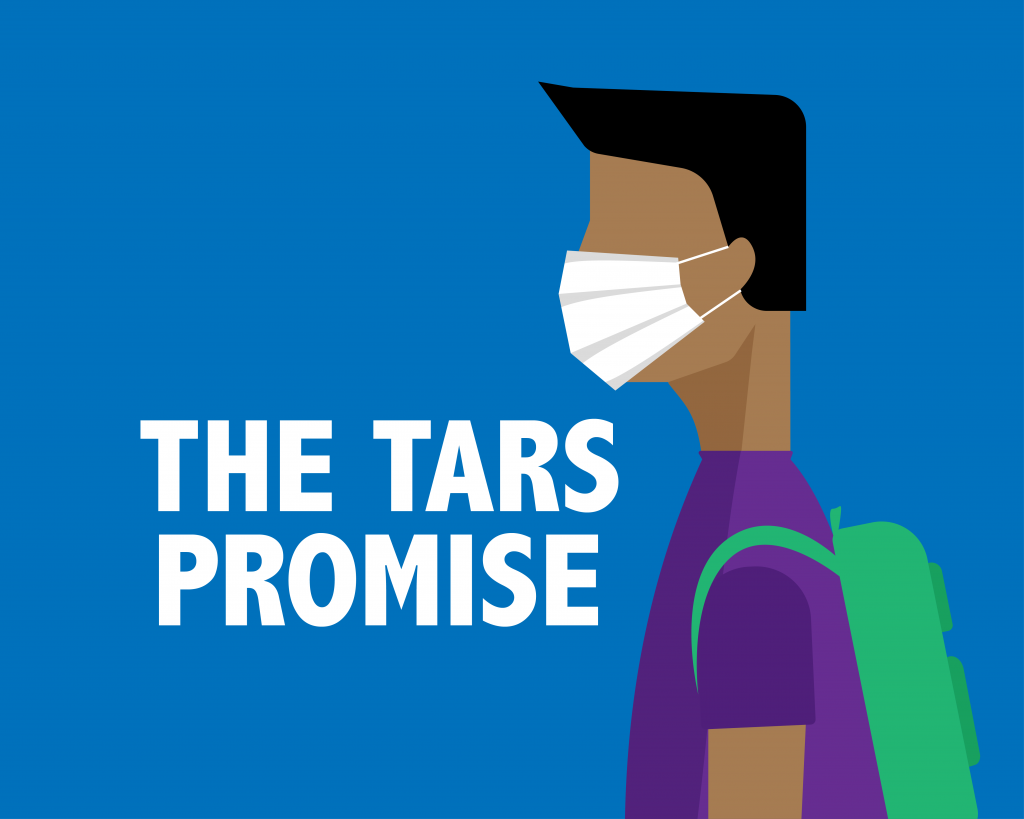
While attempting to adjust to campus life during COVID-19, Rollins is facing a $16 million loss to the 2020-21 budget.
Budget Cuts
The Strategic Planning Task Force, which is in charge of planning contingencies for COVID-19, expected the budget cuts. Its projections for decreased enrollment and retention rates, as well as decreased funds from summer conferences and programs, led to an estimated multi-million dollar revenue loss.
“Rollins is in strong financial shape. We began the fiscal year with a balanced budget that anticipated significant decrease in revenues. We have adjusted our budget for the fall in ways that ensure quality education and student services,” said Ed Kania, vice president for Business and Finance and Treasurer and co-chair of the Rollins Strategic Planning Task Force.
Hundreds of students opted to complete the semester through distance learning, which decreases profits from on-campus housing and dining plans. However, endowments, which are financial assets donated to the college, have not faced any net losses according to Kania.
While most areas of Rollins have faced budget cuts, both Residential Life and Dining have increased expenses. This was done to ensure that students’ and employees’ health and safety were prioritized.
Rollins shifted to a single-person occupancy residential model for fall and expanded dining options to include grab-and-go meal kits.
Staff
In order to balance the budget, Rollins limited its courses, reduced staff numbers, and implemented a hiring freeze among other precautionary measures. However, the student-faculty ratio of 11:1 from the 2019-20 school year remains the same and was not affected by faculty cuts.
“We reduced the total number of faculty through a combination of freezing searches that were in progress and separating with a number of faculty,” said Dr. Susan Singer, vice president for Academic Affairs and Provost. “Tenure and tenure-track positions were not affected.”
In Class
All faculty were given the decision to choose whether they wanted to teach their course in-person or virtually this semester. Roughly 150 courses will be going fully virtual with no in-person components, which is about 25 percent of the total courses offered this fall.
Singer said, “Faculty were given the option to choose the teaching modality that best aligned with the specific learning objectives for their courses and with their health and wellbeing. We did ask that departments try to optimize the match between faculty who prefer in-person teaching and courses for our first year students, especially RCC.”
Some courses, such as the entirety of Health and Wellness classes, were cancelled for the fall. In total, over 90 classes out of the original 570 were cancelled. Any classes removed from the schedule were removed based on student demand and preferences for major courses of study.
“In considering program reductions, priority was keenly focused on the curriculum, the classroom, and supporting student success,” said Kania.
Courses this semester will look quite different than previous years. In-person students will have assigned seats that are socially distanced from their peers. Some courses have opted to rotate schedules, with students splitting into in-person and virtual learning groups. Some courses may also take place away from the traditional classroom setting.
“Our outdoor classrooms are shaping up nicely. You might even have class on the beach,” said Singer.
Many classes will be a hybrid of both virtual and in-person learning. In order to bridge the physical and educational gap between students learning in-person and via webcam, Rollins has taken advantage of the strange circumstances by implementing new technology into the classroom setting.
Mobile carts with tracking webcams, microphones, and speakers have been added to classrooms to keep virtual and in-person students engaged.
Residential Life
In order to increase safety precautions, dorm rooms were decreased to a single student occupancy rate. Roughly 900 students will be living on campus this fall, compared to the original capacity of 1,350 students.
Freshmen, transfer students, seniors, and international students were given priority for housing on campus. All other students were given the choice of re-applying for housing or opting out of living on campus for the semester.
“In the end, we were able to provide housing to all students who requested it,” said Leon Hayner, interim assistant vice president and dean of students. “We still have spots available for students who may have changed their mind or if their off-campus plans have fallen through. Those students should reach out to the Residential Life & Explorations office.”
Students on campus will face a variety of changes to the traditional college experience. In order to join campus life this fall, students had to sign the Tars Promise, which describes the guidelines students must follow in order to stay on campus.
In addition to new policies and procedures related to the Tars Promise, there will be an increased focus on health and safety via social distancing procedures and a closed campus policy.
“Since all first year students are in singles, they will not get the traditional roommate experience,” said Hayner. “The Residential Life & Explorations team is working hard to ensure new students get connected with their peers and the broader Rollins community.”
Conclusion
It is unclear how long the financial repercussions of COVID-19 will impact Rollins at this time.
“Full recovery will take time. While we have our sights set on the future, this year will continue to have financial challenges,” Kania said. “We are confident in Rollins’ resources, but mostly in its people—in its students, faculty, staff, trustees, and alumni—to create a new, bold, and confident course for itself.”

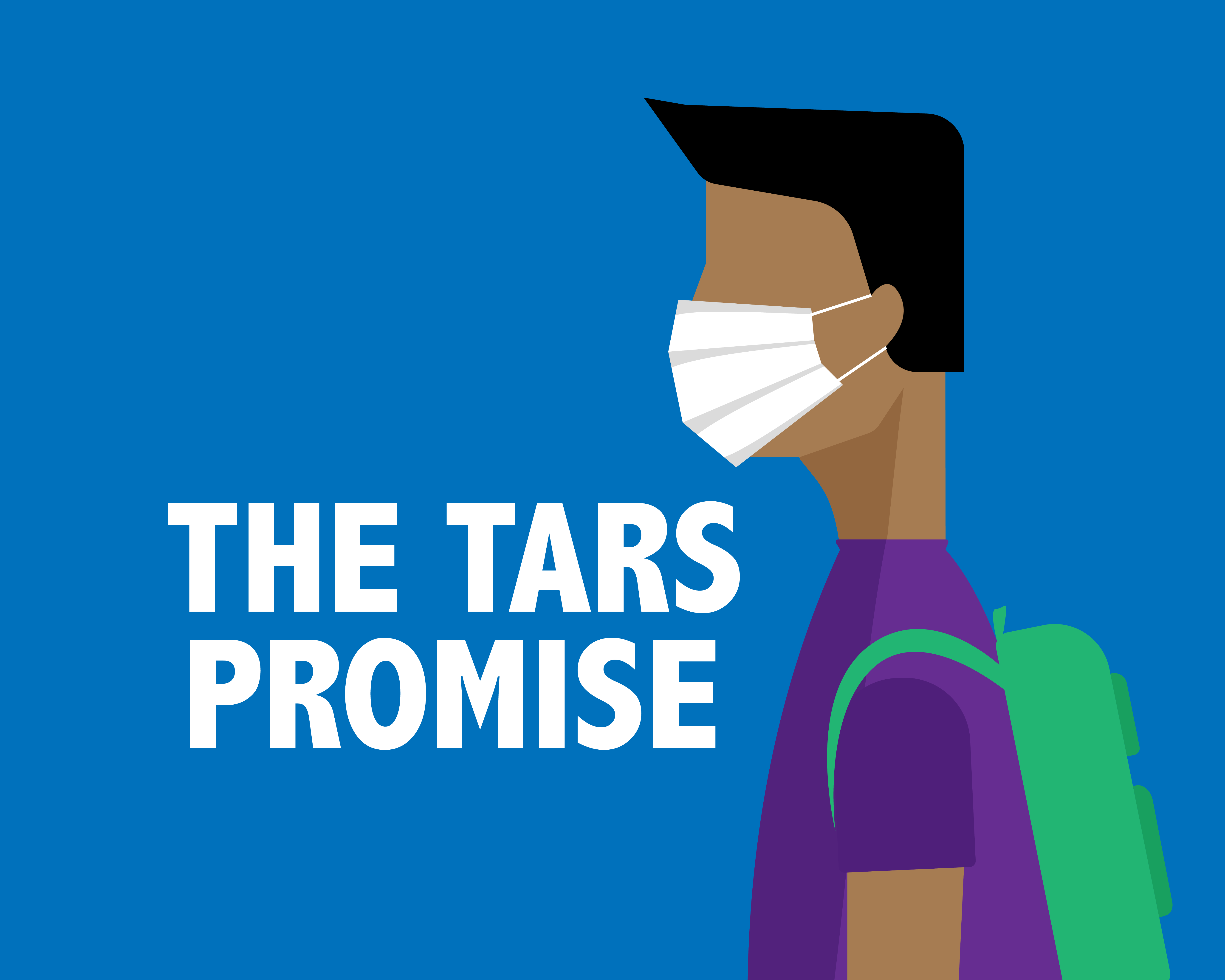
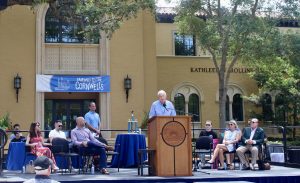

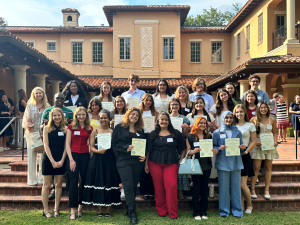
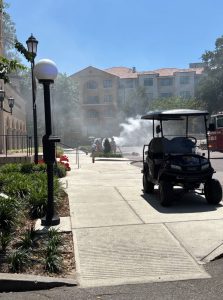


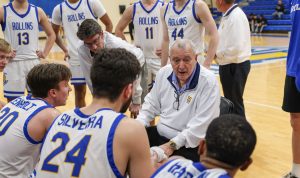


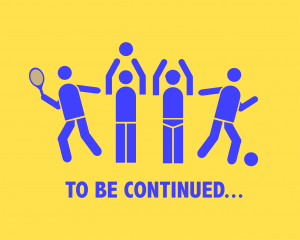
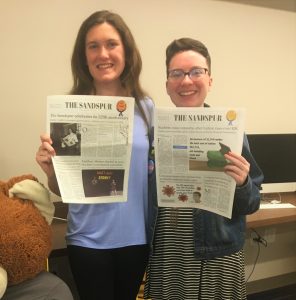




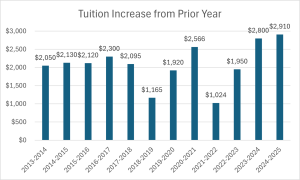

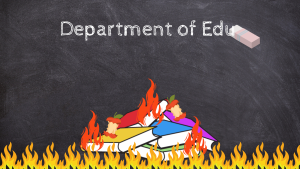


[…] college experienced a $16 million loss to the 2020-21 budget. Decreased revenues are mainly due to the fact that fewer students are studying on campus, thus […]